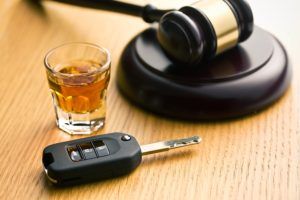 Two steps forward, one step back… or that may be what proposed Wisconsin OWI laws reflect this year. There are currently two bills running through the legislative halls of Wisconsin. One that will invariably ensure there are fewer repeat drunk drivers on the roads. The other… will ensure there are more drunk drivers on the road. Check it out.
Two steps forward, one step back… or that may be what proposed Wisconsin OWI laws reflect this year. There are currently two bills running through the legislative halls of Wisconsin. One that will invariably ensure there are fewer repeat drunk drivers on the roads. The other… will ensure there are more drunk drivers on the road. Check it out.
Wisconsin Senators Wanggaard, Harsdorf, Risser, Vinehout, Carpenter, Marklein, Olsen, and Darling have proposed a bill that would penalize current Wisconsin OWI offenders who are caught driving without an ignition interlock device. Currently, a legal loophole disregards this, well, disregard for a court-ordered ignition interlock requirement, frankly stating that there are no criminal charges for those who are driving without the device. Senate Bill 380 is expected to pass the Wisconsin Senate and be signed by the Governor.
On the other hand, a bill has been introduced that would lower the drinking age to 19. In Wisconsin, and across the U.S., the legal drinking age is 21, and with reasons that run from federal funding to human brain development. The rationalization of this bill is that too much money is being spent on enforcing current drinking laws on college campuses, and by lowering the age, there will be more resources available to law enforcement.
Of course, that means that those same 19-year-olds who would have had a stern talking-to would potentially be able to legally drink… and then drive or commit other crimes. A first-offense Wisconsin OWI is often treated as little more than a traffic offense, so there is little incentive for those campus drinkers to not drive while intoxicated. As for the ignition interlock requirement that could keep them from a second or subsequent drunk driving incident… in Wisconsin, interlocks are currently not required until a second offense occurs, unless there is a high blood alcohol concentration (BAC) at the time of the arrest.
Wisconsin OWI laws are changing, we can only hope common sense brings us two steps closer to much safer streets.

 Black Friday DUI Survival Tips (Hint: Skip the Booze)
Black Friday DUI Survival Tips (Hint: Skip the Booze)